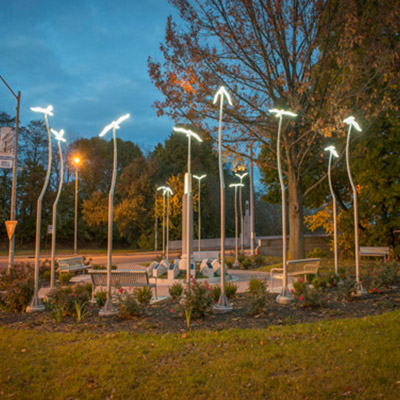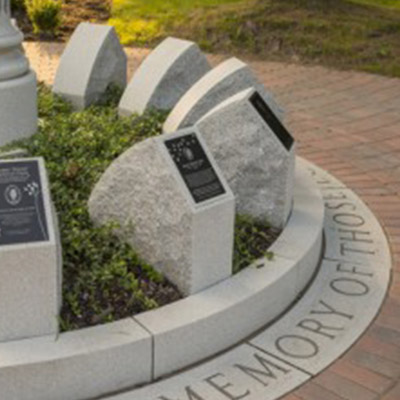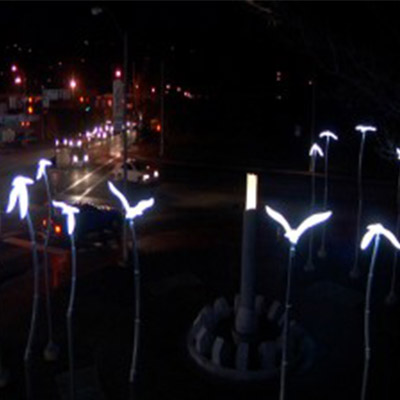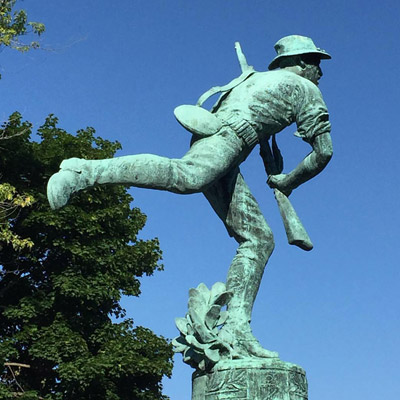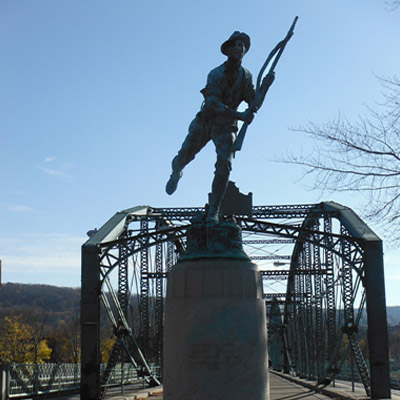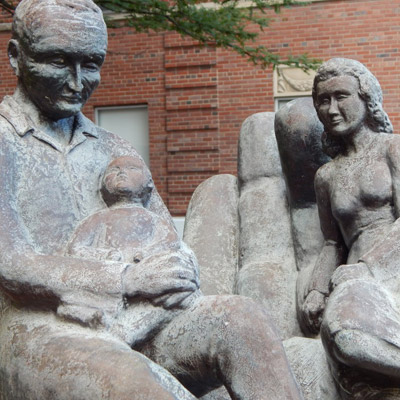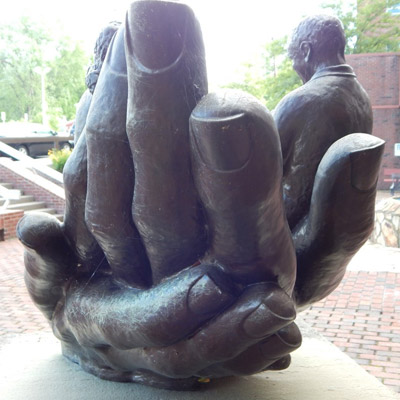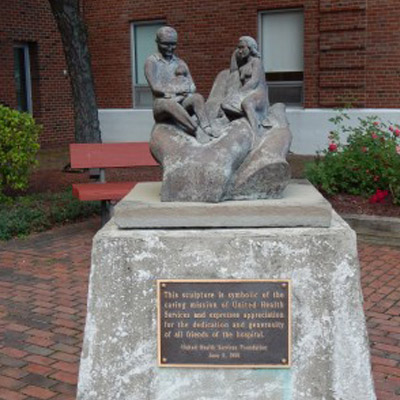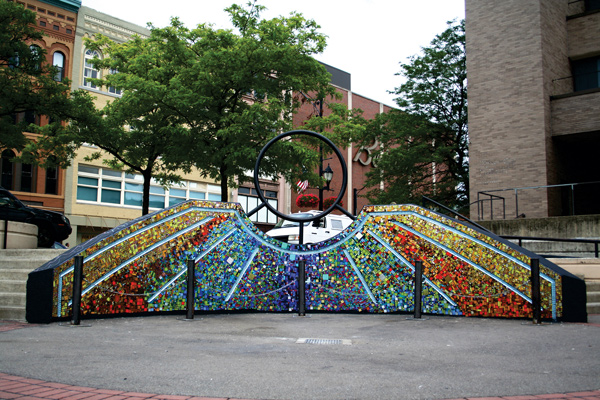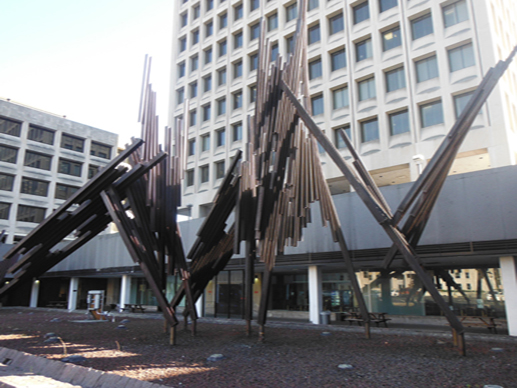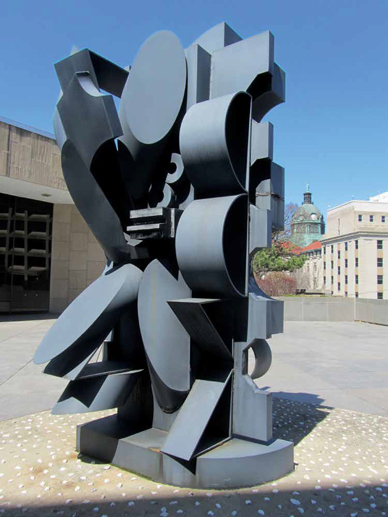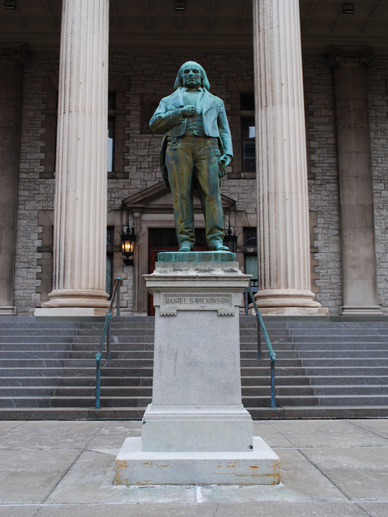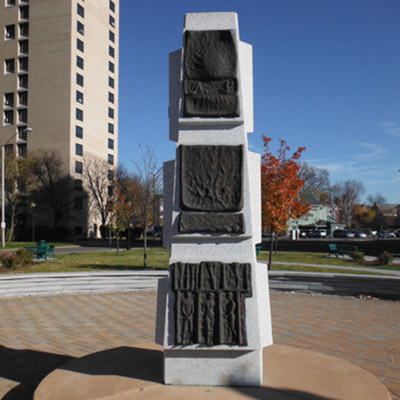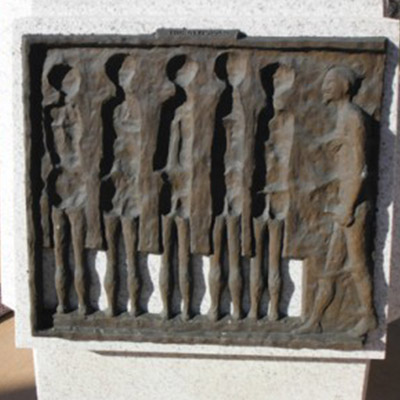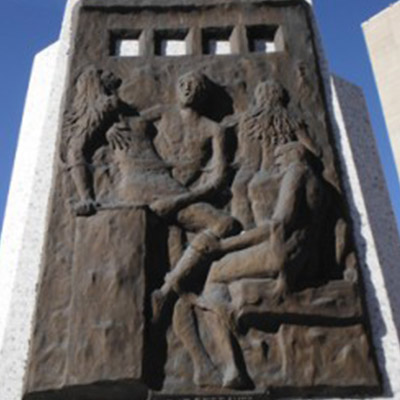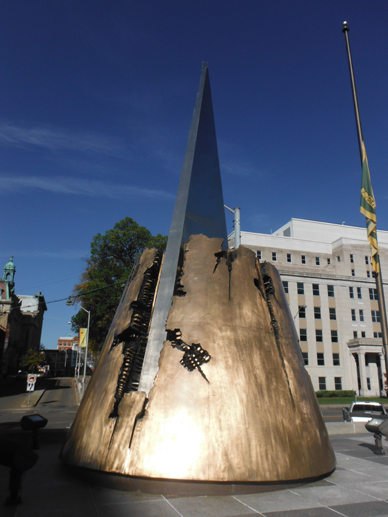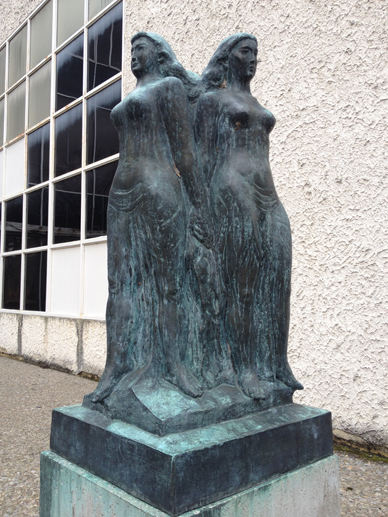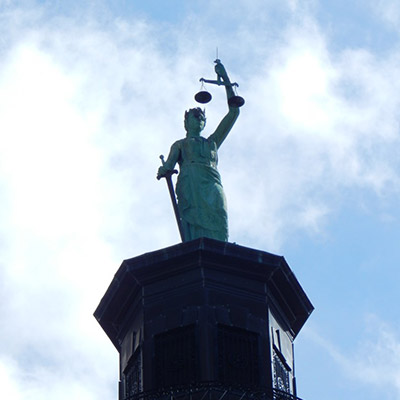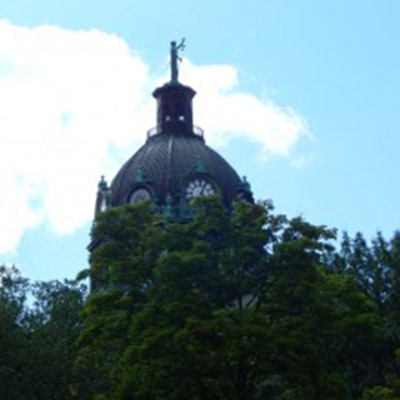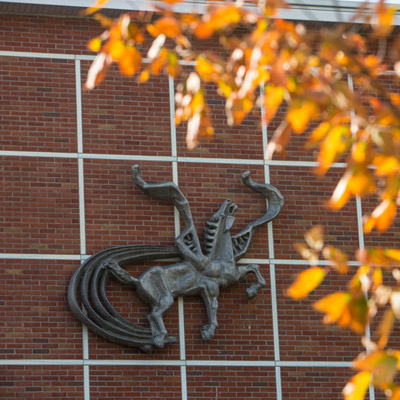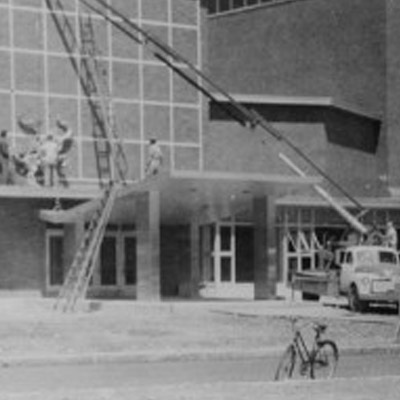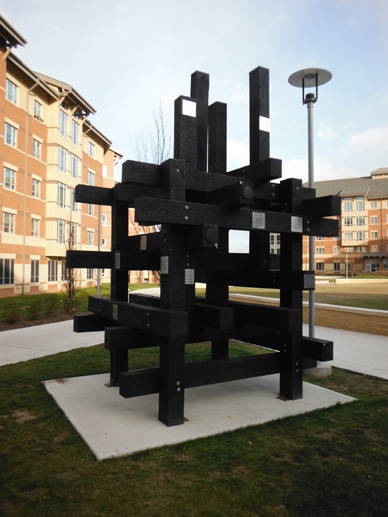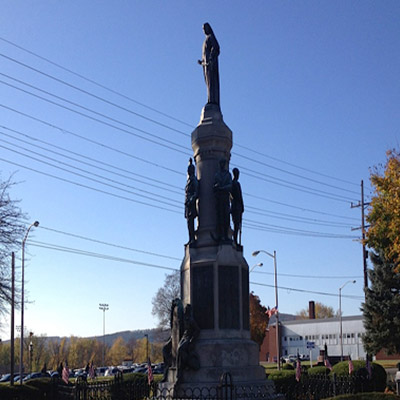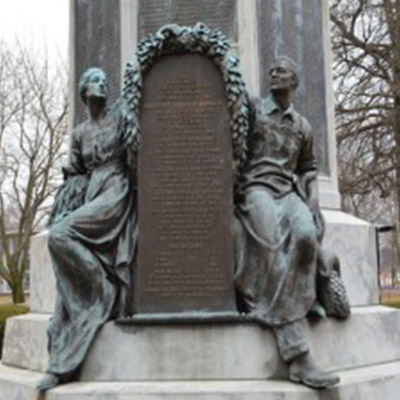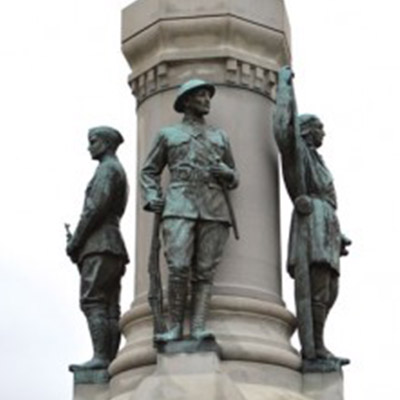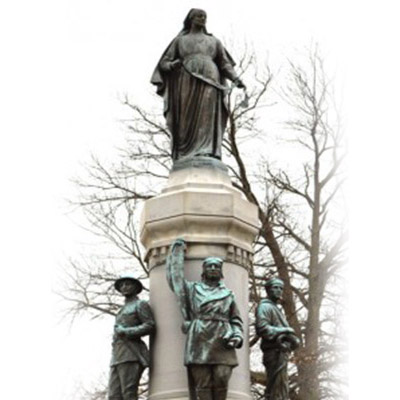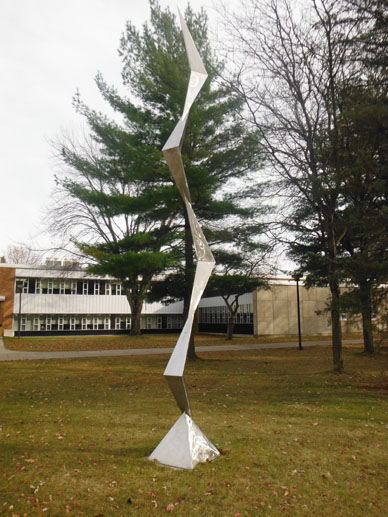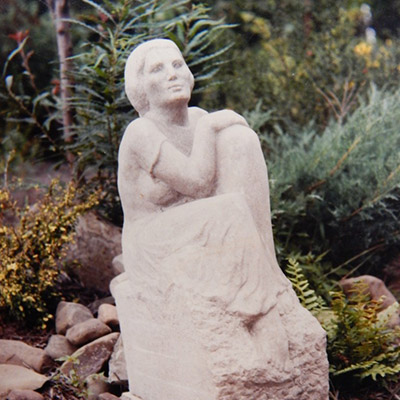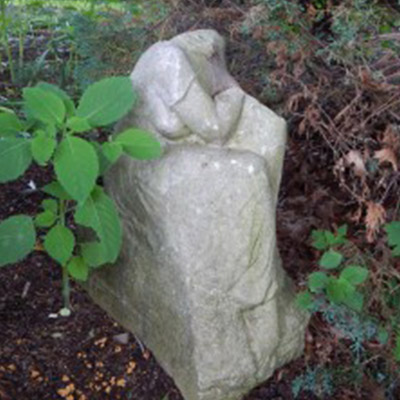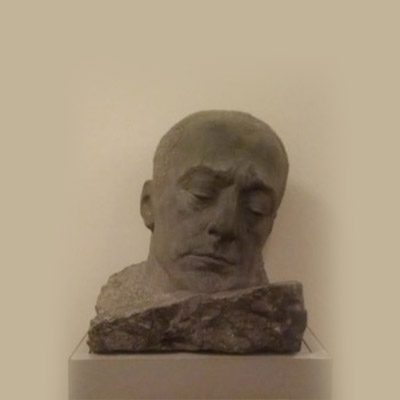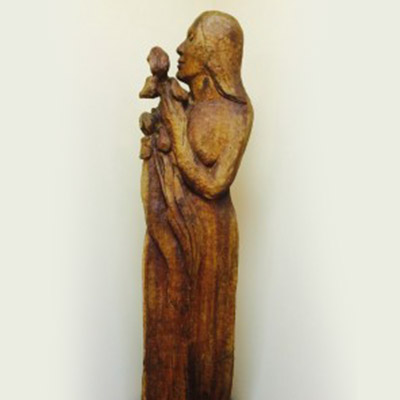Reviewed by Lee Shepherd
You can see why there’s been so much fun made of Il Trovatore – even the Marx Brothers took a crack at it. It’s crazy plot, set in the mountains of Spain, includes a gypsy’s curse, a child tossed into a fire, switched identities, several vows of vengeance, duels, madness, mayhem, poisonings, burnings at the stake, brothers who hate each other (who don’t know they’re brothers – and that’s just on the personal level. On the larger scale, you’ve got battles and armies and bravado and nationalism and lots of bloodshed.
But if you succeed at suspending your disbelief, and discount the ridiculous plot twists, the 1853 Giuseppe Verdi opera affords you the most memorable few hours you’ll ever spend in a theater (in my case, The Forum in downtown Binghamton).
Famed tenor Enrico Caruso once said, “All you need for a successful production of Il Trovatore is to have four of the best singers in the world.” We’ve got that here, thanks to Binghamton University Master of Music in Opera, which feeds into Tri-Cities Opera’s Resident Artist Training Program. As a result, young singers on the cusp of world-class careers spend a couple of years in Binghamton and play leads and supporting roles in TCO productions. In this production, its first locally in 30 years, TCO cast baritone Robert Heepyoung Oh as Count di Luna, tenor Kirk Dougherty as the troubador (“il trovatore”) Manrico, soprano Victoria Cannizzo as noblewoman Leonora and mezzo-soprano Sarah Kennedy as the old gypsy Azucena.
Verdi imbued each role with complexity of character, and these young singers took it to another level – they were far more than the stereotypical dashing tenor, evil baritone, noble soprano and lightweight mezzo (often portraying young boys with only one thing on their mind). The characters were complex, conflicted and utterly fascinating. Absolutely exquisite arias and duets sung by these four told a tragic story of unrequited love against a backdrop of political intrigue.
And speaking of backdrops, the all-new set for Il Trovatore, designed by Grant Best and Wally Coberg, was magnificent. Check out the TCO website to see pictures– words just won’t do it justice. All-new costumes, designed by Stephen Dell’Aversano and Julia Kelly Adams, were eye-popping.
Last but not least, Verdi gives his chorus some meaty parts to sing, and TCO’s volunteer chorus members aced the job. They also wielded swords and battle axes with panache. Their off-stage choruses were perfectly synchronized with the pit orchestra, much to the credit of Conductor John Mario Di Costanzo and the quality of the pit orchestra itself.
The efficiency of scene changing and the elimination of one intermission brought Sunday’s performance (Feb. 10) in under three hours, quite an accomplishment for a Verdi extravaganza.
What’s next for TCO? A double-bill of Mascagni’s Cavalleria Rusticana and Leoncavallo’s Pagliacci on April 26 and 28, again at The Forum.


